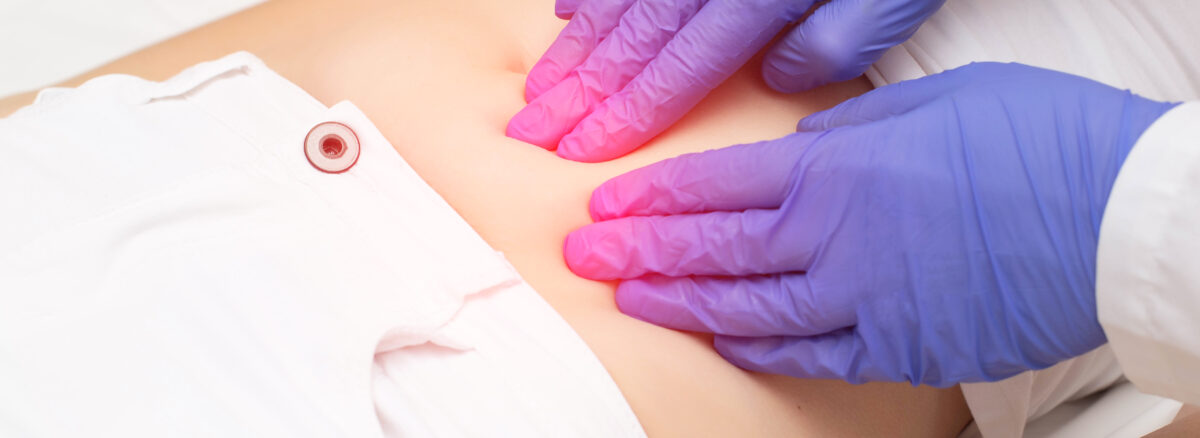Uterine Fibroids: Noncancerous growths in the uterus.
Uterine fibroids, also known as leiomyomas or myomas, are noncancerous growths that develop in the uterus. These benign tumors are incredibly common and affect many women, often during their reproductive years. In this article, we will explore what uterine fibroids are, their causes, symptoms, diagnosis, and available treatment options.
What are Uterine Fibroids?
Uterine fibroids are growths that originate from the smooth muscle tissue of the uterus. They can vary in size, ranging from small, undetectable nodules to large masses that can distort the shape of the uterus. Uterine fibroids can develop within the uterine wall (intramural), on the outer surface of the uterus (subserosal), or just beneath the inner lining of the uterus (submucosal).
Causes of Uterine Fibroids
The exact cause of uterine fibroids is not fully understood, but several factors may contribute to their development:
Hormones: Estrogen and progesterone, the two hormones that regulate the menstrual cycle, appear to play a role in fibroid growth. They stimulate the uterine lining’s growth during each menstrual cycle, which may promote the development of fibroids.
Genetics: A family history of uterine fibroids may increase the likelihood of developing them. Certain genetic mutations are associated with a higher risk.
Hormone Receptor Abnormalities: Some fibroids have an overabundance of hormone receptors, making them more sensitive to hormonal stimulation.
Pregnancy: Pregnancy hormones, particularly high levels of estrogen and progesterone, can promote fibroid growth. However, pregnancy can also lead to fibroid shrinkage in some cases.
Other Growth Factors: Other growth factors, such as insulin-like growth factor, may also play a role in fibroid development.
Symptoms of Uterine Fibroids
Not all individuals with uterine fibroids experience symptoms, and the severity of symptoms can vary. Common symptoms of uterine fibroids include:
Menstrual Changes: Heavy menstrual bleeding, prolonged periods, and irregular menstrual cycles.
Pelvic Pain and Pressure: A feeling of fullness or pressure in the lower abdomen and pelvis.
Pelvic Pain: Pelvic pain and discomfort, which can range from mild to severe.
Frequent Urination: Enlarged fibroids can press against the bladder, leading to frequent urination.
Constipation: Fibroids that press against the rectum may cause constipation or difficulty with bowel movements.
Backache or Leg Pains: Large fibroids can press on nerves in the back or legs, causing pain.
Pain During Intercourse: Some individuals may experience pain or discomfort during sexual intercourse.
Diagnosis of Uterine Fibroids
Diagnosing uterine fibroids typically involves a combination of the following:
Medical History: Discussing symptoms, medical history, and family history with a healthcare provider.
Pelvic Examination: A pelvic examination to check for the presence and size of fibroids.
Imaging Tests: Imaging tests such as ultrasound, MRI (Magnetic Resonance Imaging), or CT (Computed Tomography) scans can provide detailed images of the uterus and fibroids.
Hysterosonography: A procedure where saline is injected into the uterus to enhance the imaging of the uterine cavity.
Treatment Options for Uterine Fibroids
The choice of treatment for uterine fibroids depends on various factors, including the severity of symptoms, the size and location of the fibroids, and the individual’s reproductive goals. Treatment options include:
Watchful Waiting: If fibroids are small and not causing symptoms, a healthcare provider may recommend monitoring without treatment.
Medications: Hormonal medications, such as birth control pills, may help manage heavy bleeding and pain.
Minimally Invasive Procedures: Procedures like uterine artery embolization (UAE), myomectomy, and endometrial ablation can be used to shrink or remove fibroids while preserving the uterus.
Hysterectomy: In cases of severe symptoms or when other treatments are not effective, a hysterectomy (removal of the uterus) may be recommended.
Focused Ultrasound Surgery: This noninvasive procedure uses focused ultrasound waves to destroy uterine fibroids.
Uterine fibroids are noncancerous growths in the uterus that can vary in size and location. While the exact cause is not fully understood, factors such as hormones, genetics, and growth factors may contribute to their development. Symptoms can range from heavy menstrual bleeding to pelvic pain and pressure.
If you suspect you have uterine fibroids or are experiencing symptoms, consult with a healthcare provider for proper diagnosis and treatment options. Treatment can help manage symptoms and improve your quality of life, and it is essential to discuss the best approach based on your individual circumstances and goals.
Remember that uterine fibroids are a treatable condition, and many women find relief through various treatment options.


